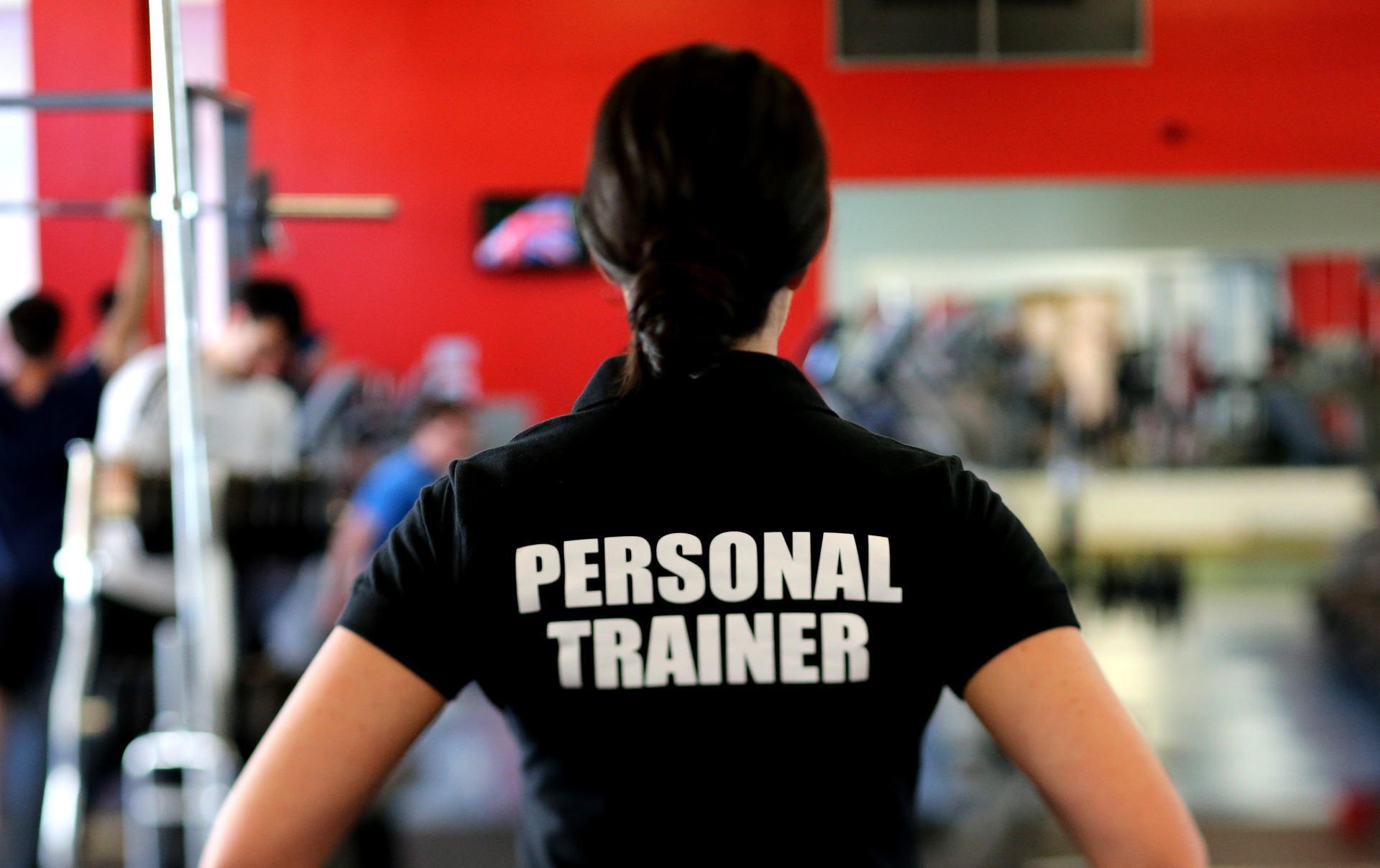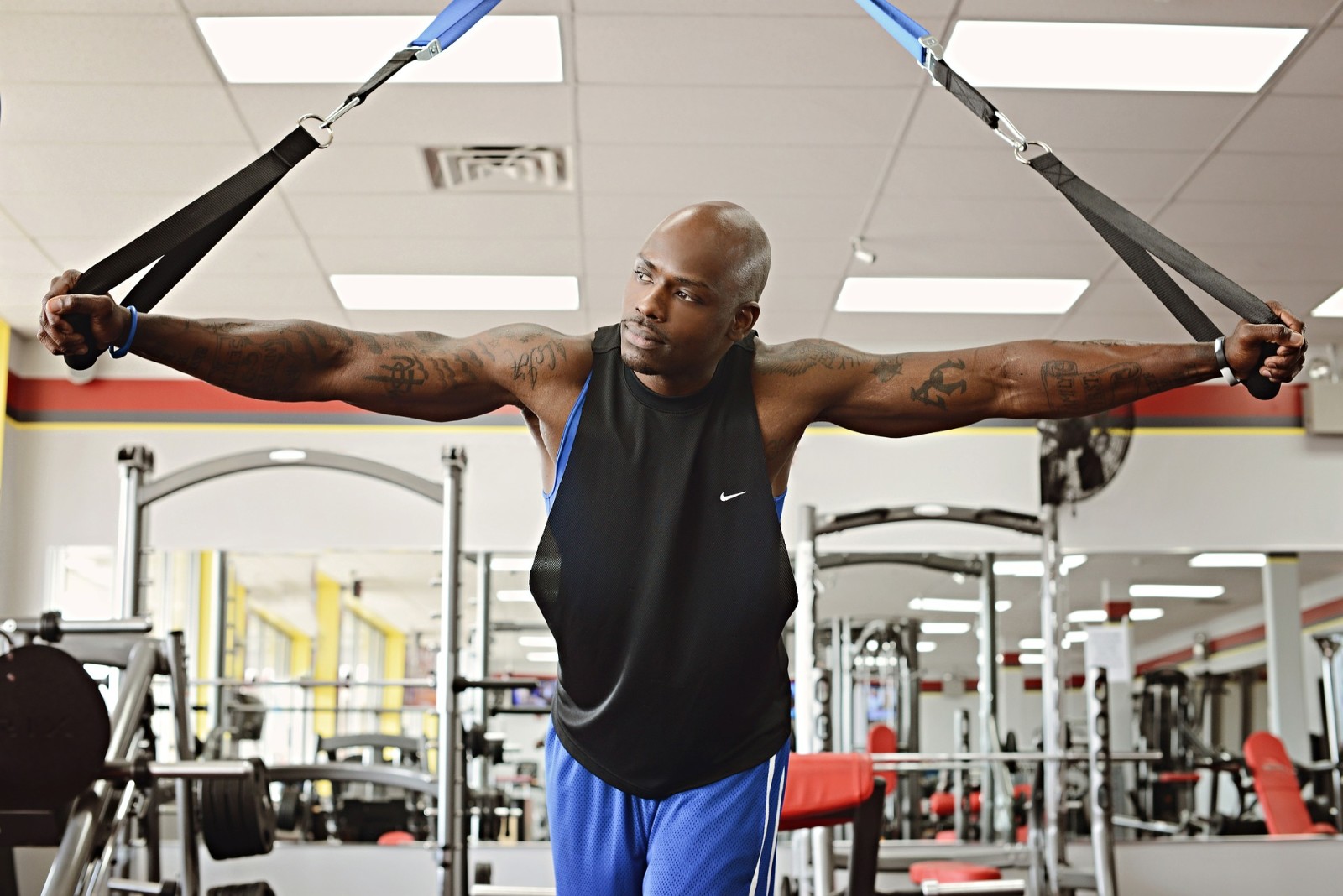Fitness isn’t just a thing we do, it’s a lifestyle. However, for many people, it’s a lifestyle outside of the day-to-day nine to five of our full-time jobs.
At first glance, it might seem like being paid to do something you love just isn’t in the cards. Only one in a million of us is cut out to be a professional-level athlete, actually talented enough to be compensated for our fitness.
Luckily, it’s not just the athletes that have an opportunity to pay their bills doing what they love. There are a number of fitness jobs to choose from, many of which are attainable without needing a huge bankroll to start a new business, or even a six-pack to make a difference.
Looking for a fitness job? See if any of these four popular jobs in a traditional gym setting fit what you’re looking for.
4 Fitness Jobs and How to Get Them
1. Group Exercise Instructor
What You’ll Do: Group exercise instructors are responsible for safely and effectively leading fitness classes for every population you can think of. This can include classes at a gym in formats like kickboxing, TRX, Les Mills, and Spinning, as well as specialty classes at boutique studios or CrossFit boxes. Basically, you’re the one wearing the boss-pants in a group fitness setting. This position is usually part-time, as it’s near impossible to teach more than a few classes per week.
Training or Certifications You’ll Need: The certifications you’ll need to complete depend on where you would like to teach. Generally, instructors will want to obtain their CPR/AED/First Aid certification, a general group exercise certification, and if needed, a specialty certification for the specific program you’re looking to teach (TRX, Yoga, CrossFit, etc.)
Certifications can cost anywhere from $400-$1,000 depending on the cert, and can be done in a variety of formats including online, at an in-person workshop, or during a weekend course.
In all cases, studying for the course and passing a test will be required. When searching for opportunities to teach, be sure to ask what training and education they require.
Compensation: The pay for group exercise instructors can vary considerably depending on the class and your location in the country. As a range, instructors typically make between $15 to $50 per hour for a typical “Globo Gym” class, and between $25 to $100 hourly at smaller, specialty studios. The pay is sometimes commensurate with experience or education or commonly based on class attendance.
Instructors looking to build their own fitness brand and create their own classes — think an outdoor bootcamp you see at a local park where participants pay directly to the instructor per class — will also need to carry liability insurance.
Where to Look for Jobs: Check out local gyms and fitness studios in your area. If you’re a regular class participant, ask your favorite instructor how they got started. It’s common for facilities to have new instructors mentor with established leaders, attend training on their way of doing things, and audition for open positions.
2. Personal Trainer

What You’ll Do: It’s your job to work one-on-one to provide personalized, individualized coaching and programming for a range of athletes to help them reach their fitness goals. This position can be full or part-time depending on the number of active clients you’re training.
Training or Certifications You’ll Need: Like with group exercise, many gyms vary with what they require, but at a minimum personal trainers should have their CPR/AED/First Aid Certification and a personal training certification from an accredited agency.
The personal training cert is considerably more in-depth than a standard group exercise certification, and while you will spend time learning about the human body and how to work with special populations, trainers looking to work closely with athletes who might have additional needs — like youth, seniors or pregnant women — will need to broaden their education.
Certifications vary in cost and are typically upwards of $750. Expect to spend a considerable time studying before the course itself. In order to receive your cert, you’ll need to pass an exam demonstrated in-depth knowledge of the human body, kinetics, nutrition, movement patterns, and how to safely program exercises for a variety of participants.
Compensation: Trainers are often times paid on a per-session basis, sometimes on a sliding scale of the cost per session based on their experience. As trainers are also the ones typically selling sessions or packages, some clubs offer commissions in addition to the per-session rate. Geographic location plays a large factor in pay rate, as does the club itself, but trainers can generally expect to make $50-$150 per 1-hour session with a client.
Where to Look for Jobs: Check out gyms and personal training studios in your area. As a personal trainer, you can also visit clients in their home or contract your own clients outside of a fitness center and meet to train in a park or at a gym locally. There are perks to working at a gym however, the biggest of which is an existing member base from which to prospect and generate business.
3. Fitness Director/Manager
What You’ll Do: Responsible for all aspects of the fitness programming at a gym or studio, you’ll be in charge of all group exercise instructors and personal trainers on staff. This position generally requires some management experience, as well as organizational skills for things like creating new class schedules and submitting payroll. This position is usually full-time, and can include teaching classes, training clients, as well as management and administrative duties.
Training or Certifications You’ll Need: Given that, at any time, you could be called on to sub a class or train a client if an employee can’t make it to work, Fitness Managers need to have both a group exercise and personal training certification, along with their CPR/AED/First Aid training.
Additionally, many gyms or organizations may require additional training or certifications to be in a management position. For example, the YMCA has a number of executive-level training courses that directors need to complete after they are hired.
Compensation: What you’ll make as a fitness manager can vary widely because of a number of factors. Full-time employees are sometimes salaried, and the type of club or fitness center can make a big difference in the payout. On average, reported salaries for fitness managers range from $30,000 to $50,000 annually.
Where to Look for Jobs: You’ll want to start your search at large gyms or fitness centers with a robust group exercise schedule and several personal trainers. Smaller facilities with a minimal staff team typically won’t have fitness management positions available.
4. Gym or Club Owner
What You’ll Do: If owning your own business, managing a staff team, selling memberships, maintaining facilities and equipment, and marketing are your idea of a fun time, making an investment into a fitness facility could be a great fit for you.
Typically, to become an owner you’ll need a big chunk of change to buy out an existing facility or build a new one, or you’ll need the means by which to obtain a loan to finance it. Owning a gym can be a full-time position, or you could choose to hire a staff team to maintain the day to day of the business, and simply have the property as an investment. In many cases, gym owners are also managers during the first several years of business to ensure that the facility is up to their standards and is profitable.
Training or Certifications You’ll Need: Certifications will all depend on what active role you plan to play in your business. If you’re going to be the head trainer at your new CrossFit box or personal training studio, you’ll need the certifications to do so discussed above. If you plan to work on the business side, training in leadership, management, finance, marketing, HR, and social media could be beneficial.
Additionally, the facility itself will need to be inspected and certified for cleanliness, safety, and accessibility.
Compensation: As an owner, your compensation will be directly tied to the financial success of your business. Depending on your membership structure (monthly, month-to-month, drop-in, per class, etc) it is possible to project your profits and expenditures, but every business will be different. This is where a background in business or finance may be beneficial. It is crucial for any new gym owner to have a plan for revenue, reinvestment into the facility, and to understand what your potential salary could be in best and worst-case scenarios before making the investment.
Where to Look for Jobs: The two most common ways of becoming a gym owner are franchising a location (CrossFit, Anytime Fitness, OrangeTheory, and more have locations for sale), or building your own business from the ground up. Research the investment into franchise opportunities or possibilities for buying current franchise owners out of their locations.
In many cases, you could simply purchase an already nearly profitable club with an existing membership base and make improvements to start making money quickly. Owners looking to build their ground-up business should first formulate a solid business plan before securing funding and a location for their new venture.
Are jobs in a gym not your thing? Stay tuned for part two of our series where we’ll explore fitness careers outside of a gym setting.


